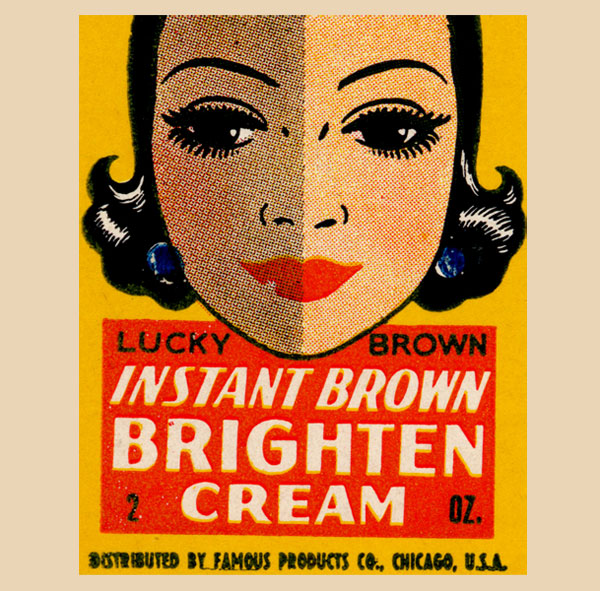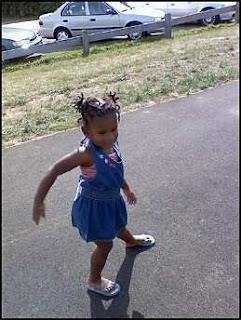There are many challenges for females serving in the military, hair being one of the main struggles for us naturalistas. Five years ago, I enlisted in the Navy and never imagined the amount of scrutiny I would receive for my hair. Before I went to boot camp I cut my hair into a short bob because the Navy required females with long hair to have short length hair while in training. My friend's mom warned me plenty of times it would be best if I took care of this before I left because the haircut given at boot camp would be a fast, unflattering cut. I asked her what hairstyle I should get since I wasn't allowed to bring anything with me to maintain my hair, her response was "cornrows, it's the only guaranteed hairstyle they'll allow". This didn't quite help me because I didn't know how to cornrow and my hair was relaxed so I never wore it in braids. I left for training right before Christmas and hours after arriving to Great Lakes I found myself sitting in a barber's chair, getting the worst haircut of my life. For weeks I had no hair products to moisturize my hair, the 10 minute showers left no time to try and protect it from getting wet. Ponytails weren't authorized so I struggled to keep it controlled while having to wear it out. This was only the beginning of my hair troubles in the military.

After graduating from boot camp, I headed to the fleet. Again, I found myself struggling with my hair because it was too short for a neat bun and too long to be worn down. Day after day I would be stopped by superiors and told "fix your hair shipmate". It was exhausting, so while at home on leave I received my first weave. I thought this would take the attention off my hair and allow it to grow so I could wear it in a neat bun. Boy was I wrong. The complaints ranged from the bulkiness of my hair to how my cover fit. It was a lose-lose situation, but I purchased a larger sized cover and that seemed to settle those problems (for the most part). Once my hair grew longer it was easy to pull the relaxed hair into a bun. Eventually, I started to resent the pressure to alter my hair to look like something it wasn't so decided to go natural. Any transition to natural hair is challenging, but I knew it would be 10 times harder in the Navy. There were many females at the time going through the same transition, some were even brave enough to do the big chop. Those who did the big chop received the most scrutiny, their hair would be constantly measured for bulkiness, some were told it looked unprofessional and matted, and others were suggested to wear weaves and wigs.
I was leaving for a six month deployment so I needed to get a hairstyle that would last. Days before I shipped out I had senegalese twist done, as did many other females. By this time I was higher in the ranks so I knew that I had to ensure my cover fit, my bun wasn't too big in size, the hair wasn't too bulky and the list goes on. It wouldn't be the Navy if somebody didn't have something to say, the hair's bulkiness was in regulations but now the bun stuck out too much. By now I was use to people stopping me to ask questions or make snide remarks about my hair so I kept the twist in until it was time for them to come out. This wasn't the case for the other sailors, some were forced to remove their hairstyle while others experienced emotional breakdowns. Younger sailors were intimidated, discouraged and overly frustrated with challenges on how to maintain their natural hair and stay within Navy regulations. The versatility of natural hair allows many different hairstyles which always brings attention. The problem is the military's grooming standards don't regard natural hair as professional and enforce biased regulations.
After serving four years on active duty I decided to leave the service and invest in a career as a civilian. One of the greatest feelings I had about my decision was that I was no longer going to be subjected to these ignorant standards that disregarded my natural hair as "unprofessional" and "matted".
My story is relatable to many other females of ethnic backgrounds in the service. In 2014, the Army made changes to their regulations that specifically banned twists, dreadlocks, and large cornrows. These hairstyles are the most popular for naturalistas to wear to maintain and care for their hair. In response to the backlash from the public, the policy was sent to the House of Representatives for review. Recently, the Navy has made changes to the hair regulations.
Two strand braids (a type of twist) are authorized. Braided hairstyles shall be conservative and conform to the grooming standard guidelines.
In addition the Navy launched a Female Pilot Program in January, which removed the requirement for females to cut their hair in bootcamp. Instead they will be trained how to properly groom long hair according to Navy standards.
It is unfortunate that it took national backlash for these issues to be addressed, but these changes have shown how the military is attempting to make progress. I'm hopeful that sailors and other service members in the upcoming years will not have to experience the scrutiny I did for my natural hair.
Signing off, a true naturalista.








